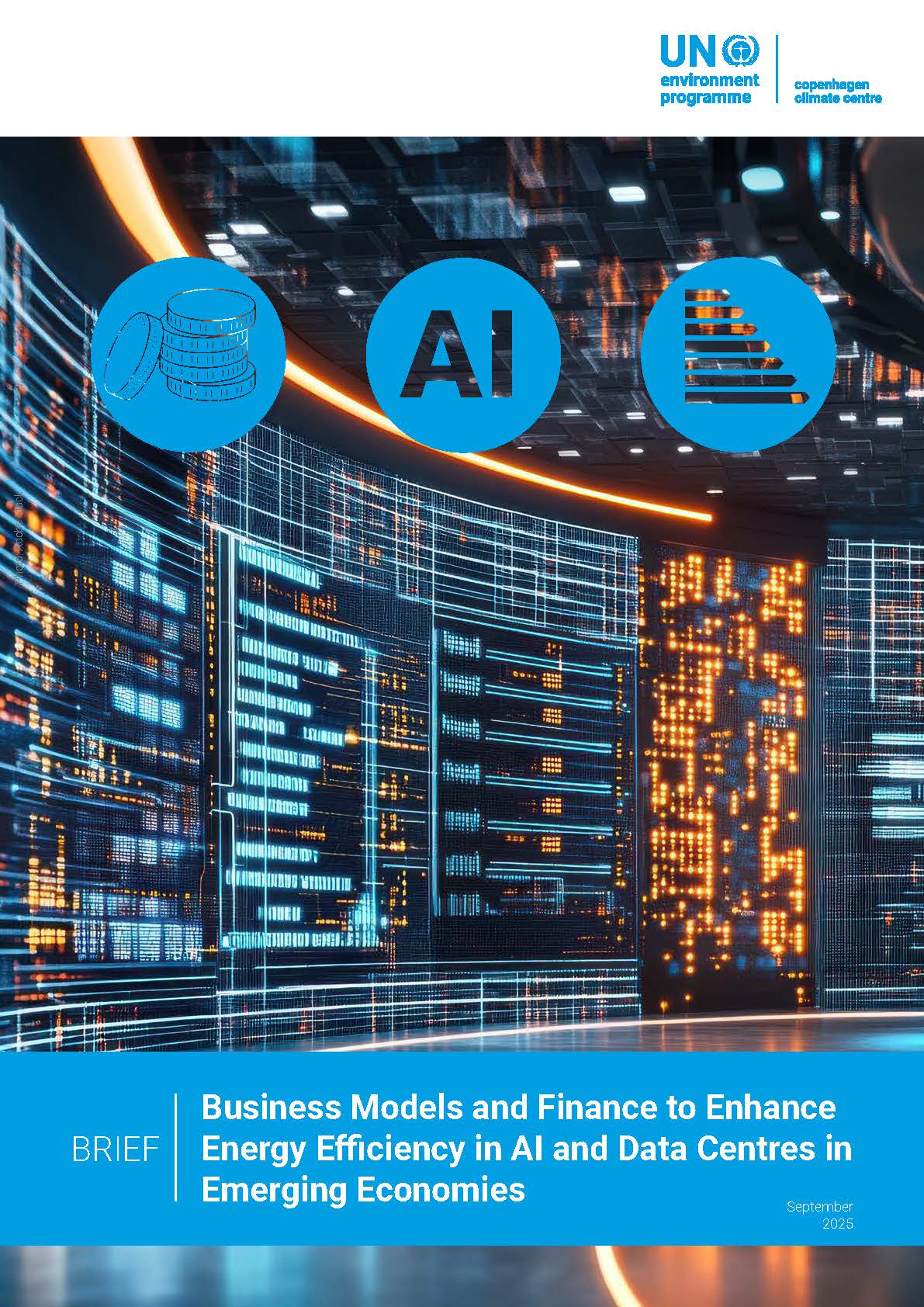The rapid rise of artificial intelligence (AI), cloud computing, and digital services is fuelling a surge in electricity demand from data centres, particularly in emerging economies. While digital infrastructure is essential for development, the energy it consumes risks overwhelming fragile power systems, competing with other energy uses, driving up costs, and undermining climate goals.
According to the IEA, global data centres consumed around 460 TWh in 2022, corresponding to about 2% of global electricity demand. With AI adoption expanding rapidly, total energy use could double by 2026, surpassing 1,000 TWh1, primarily driven by AI training workloads and large-scale inference systems.
AI models are especially power-intensive, with training alone for a single large model demanding hundreds of MWh, and inference workloads becoming a major contributor as deployment scales. These trends pose significant risks for power systems in emerging economies already grappling with access, reliability, and affordability issues.
As AI and digital infrastructure continue to grow, new financing models and business strategies are essential to ensure this expansion is energy-efficient, climate- aligned, and inclusive.
Key Messages
- The rapid growth of AI and digital infrastructure is driving a sharp increase in energy demand and creating new challenges, particularly in emerging economies where power systems are often limited or under strain.
- Energy efficiency solutions, including advanced cooling, retrofits, and AI-optimized operations, can dramatically reduce data centre energy use, but remain underused due to regulatory, financial, and technical barriers.
- Innovative business models, such as Energy-as-a-Service, AI as-a-Service, and outcome-based pricing, offer scalable pathways to reduce energy intensity while enabling digital growth.
- Targeted financial tools, including green bonds, Super Energy Service Company (ESCO), and blended finance, are essential to unlock investment in efficient digital infrastructure and support climate-aligned growth in emerging markets.
- Governments and development institutions have a key role to play in integrating energy efficiency into national digital strategies, de-risking investment, and building local capacity for sustainable AI infrastructure.
| Published year: | 2025 |
|---|---|
| File: | Download |
| Publisher: | UNEP Copenhagen Climate Centre |
| No. of pages: | 16 |
